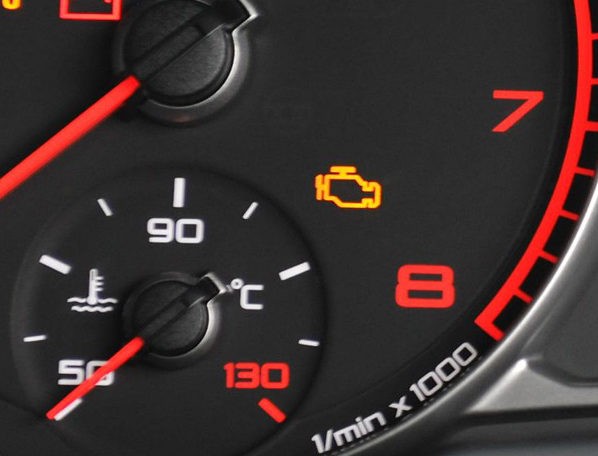If your car suddenly loses power and warning lights illuminate your dashboard, it might be in limp mode. This safety feature protects your engine from potential damage by limiting its performance. But how do you get out of this situation? This guide explores the symptoms, causes, and solutions for limp mode, providing a clear path to restoring your car’s full functionality.
Understanding Limp Mode: What It Is and Why It Happens
Limp mode, also known as “limp home mode,” is your car’s self-preservation mechanism. When the Engine Control Unit (ECU) detects a problem exceeding predefined parameters, it restricts the engine’s performance to prevent further damage. This allows you to drive to a safe location or a mechanic for repairs.
Besides the noticeable power loss and warning lights, other symptoms might include:
- Limited engine speed (RPM), often capped at 2,000-3,000 RPM.
- Restricted speed, usually between 30-50 mph.
- Disabled auxiliary functions like air conditioning or heating.
- Fixed gear in automatic transmissions, typically a low gear.
Common Causes of Limp Mode
Various issues can trigger limp mode. Understanding these causes can help in diagnosis and repair:
- Low Fluid Levels: Insufficient oil or coolant can trigger limp mode to prevent engine overheating or damage.
- Transmission Problems: Issues with gear shifting or internal components can activate limp mode.
- Brake System Malfunctions: Problems like seized brakes or hydraulic leaks can trigger the safety mode.
- Wiring Issues: Damaged or faulty wiring in the engine or transmission can disrupt signals and activate limp mode.
- Engine Problems: Issues like misfiring, turbocharger malfunctions, or sensor failures can cause the ECU to initiate limp mode.
How to Get Your Car Out of Limp Mode
Addressing limp mode requires identifying and fixing the underlying issue. Here’s a step-by-step approach:
- Safety First: Find a safe location to stop and assess the situation.
- Initial Checks: Check for obvious issues like low fluid levels, leaking fluids, or visible wiring damage.
- Restart the Engine: Sometimes, a simple restart can temporarily resolve the issue if it’s a minor glitch. Turn off the ignition, wait 30 seconds, and then restart.
- Seek Professional Help: If the problem persists, it’s crucial to have a mechanic diagnose and repair the fault. Driving in limp mode for extended periods can worsen the problem.
Can You Bypass Limp Mode? Temporary Fixes and Risks
While you can try temporary fixes like disconnecting the battery to reset the ECU, these are not recommended as permanent solutions. Bypassing limp mode without addressing the root cause can lead to severe engine damage and potentially dangerous driving conditions.
Addressing the Root Cause: Why It’s Essential
Limp mode is a warning sign, not a problem in itself. Ignoring it can exacerbate the underlying issue and lead to costly repairs or even catastrophic engine failure. A mechanic can diagnose the problem using diagnostic tools and recommend the appropriate repairs. This ensures your car’s safety and prevents further damage.
Conclusion: Prioritize Safety and Professional Repair
While tempting to bypass limp mode, prioritizing safety and addressing the underlying issue is crucial. Getting your car diagnosed and repaired by a qualified mechanic is the best way to ensure your vehicle’s long-term health and your safety on the road. Don’t ignore limp mode – it’s a vital safety feature designed to protect you and your car.

